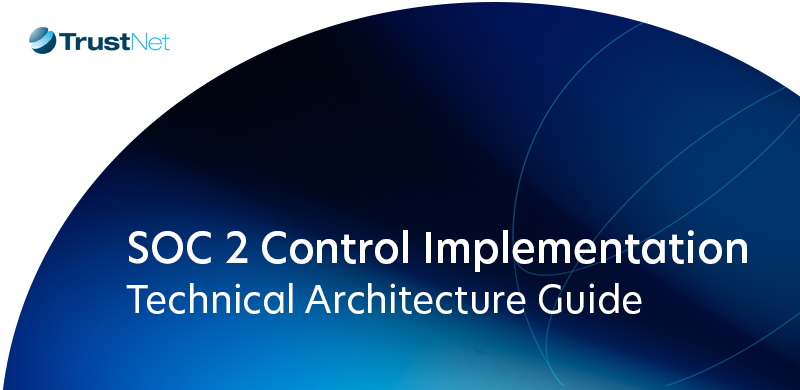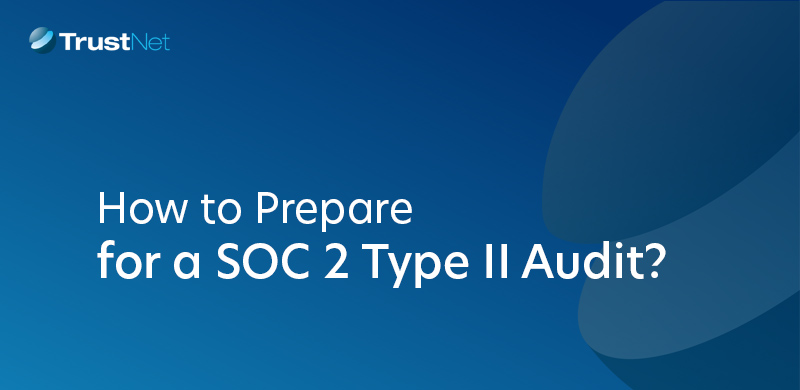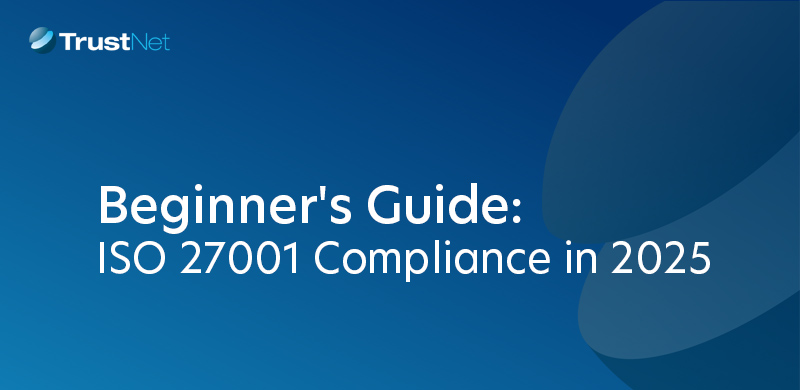Understanding Cyber Threat Intelligence (CTI)

Cyber Threat Intelligence (CTI) is a critical component of modern cybersecurity practices. At its core, CTI transforms raw data into actionable insights, enabling organizations to better understand their adversaries and the threats they pose. By learning who these attackers are, their motives, and the tactics they employ, businesses can build stronger defenses, respond more effectively to incidents, and maintain resilience.
This article explores the vital role of CTI, breaking down its fundamental concepts, sources, and benefits to showcase how it empowers organizations to protect their infrastructure and data.
Core Concepts
Understanding the core elements of CTI is key to creating a robust defense strategy. Below, we break down some key topics:
Threat Actors
Threat actors are the individuals or groups behind cyberattacks. Knowing who they are can help you better understand their motivations and tactics.
-
- Nation-states: These actors often carry out sophisticated attacks with geopolitical goals, like espionage or infrastructure disruption.
- Cybercriminals: Motivated by financial gain, they target data, money, or valuable assets to profit from ransomware, fraud, or theft.
- Hacktivists: Driven by ideology, hacktivists aim to promote a cause or disrupt organizations they oppose.
Each type of actor has unique capabilities, from using simple malware to deploying advanced tools that bypass detection.
Threat Intelligence Sources
Good threat intelligence starts with reliable information. Sources include:
-
- Open-source intelligence (OSINT): Publicly available data from websites, forums, or social media.
- Commercial intelligence feeds: Subscription-based services providing curated, up-to-date threat data.
- Internal threat intelligence: Insights from your own network, such as logs, incident reports, or historical attack data.
- Intelligence sharing platforms: Collaborative networks where organizations exchange information about threats to strengthen defenses collectively.
A mix of these sources ensures a more complete picture of the threat landscape.
Threat Intelligence Analysis
Turning raw data into actionable intelligence requires precise methods. These include:
-
- Threat modeling: Identifying potential attackers and their most likely methods of attack.
- Vulnerability assessments: Highlighting areas in your systems that could be exploited.
- Indicators of Compromise (IOCs): Detectable traces of malicious activity, such as unusual IP addresses or file hashes.
- Threat hunting: Actively searching through systems for signs of threats that may have evaded automated detection.
Effective analysis helps predict attacks and fortify defenses before it’s too late.
Threat Intelligence Delivery
Delivering intelligence the right way ensures it’s usable. Common formats include:
-
- Threat feeds: Continuous updates of new threats, often integrated into tools like firewalls or SIEMs.
- Dashboards: Visual representations of threat data, helping teams quickly grasp key trends and risks.
- Reports: Detailed analyses tailored for decision-makers, often including recommendations.
- Alerts: Real-time warnings about active or imminent threats, enabling swift action.
Clear, actionable delivery ensures everyone can make informed decisions.
With these core concepts, you’re better equipped to engage with CTI, whether you’re defending against attacks or shaping your organization’s cybersecurity strategy.
Learn more about our cybersecurity and compliance services. Contact our experts today
Examples
Here, we’ll review some commonly used acronyms, technical terms, and concepts related to the CTI cycle.
Acronyms and Abbreviations
CTI contains acronyms that can feel like a foreign language if you’re new to the field. Here are some key terms to know:
-
- APT (Advanced Persistent Threat): A highly sophisticated and targeted cyberattack, often carried out by nation-states or well-funded groups.
- IOC (Indicator of Compromise): Data artifacts like file hashes, IP addresses, or URLs that can signal potential malicious activity.
- TTP (Tactics, Techniques, and Procedures): The methods attackers use to achieve their objectives, often revealing their level of skill.
- CVE (Common Vulnerabilities and Exposures): A standardized identifier for publicly known software security issues.
- OC (Security Operations Center): A centralized team responsible for monitoring, detecting, and responding to cyber threats.
- MITRE ATT&CK®: A framework for understanding the specific actions threat actors take during an attack, organized by tactics and techniques.
These terms are the foundation for much of the communication and strategy in CTI.
Technical Terms
To effectively discuss threats and defenses, you’ll need to understand these technical concepts related to malware, vulnerabilities, and protocols:
-
- Ransomware: Malicious software that encrypts a victim’s data and demands payment to restore access.
- Phishing: A technique attackers use to trick individuals into revealing sensitive information, often through fake emails or websites.
- Zero-Day Exploit: A vulnerability that is unknown to the software vendor and actively being exploited without a patch available.
- Payload: The component of malware that executes malicious activity, like stealing data or delivering ransomware.
- DDoS (Distributed Denial of Service): An attack where multiple systems overwhelm a target’s network, causing a service disruption.
- SSL/TLS (Secure Sockets Layer/Transport Layer Security): Cryptographic protocols designed to secure communication over a network.
Familiarity with these terms helps when interpreting threat reports or discussing risk with technical teams.
Intelligence Cycle-Related Terms
The intelligence cycle is the backbone of CTI, encompassing how data is collected, processed, and acted on. Here are some terms central to this process:
-
- Collection: Gathering raw data from sources like OSINT, internal logs, or intelligence feeds.
- Processing: Sorting and organizing collected data to prepare it for analysis.
- Analysis: Interpreting data to identify threats, patterns, and actionable insights.
- Dissemination: Sharing the intelligence with the right people or systems, such as through reports or alerts.
- Feedback: Input from recipients to refine and improve the intelligence process.
- Fusion: Integrating multiple data sources to create a fuller picture of the threat landscape.
Mastering these terms will help you understand how intelligence operations flow from start to finish.
Resources
Standards and Frameworks
To effectively navigate the CTI, it’s crucial to be familiar with key standards and frameworks. Here are some essential resources:
-
- NIST Cybersecurity Framework: A comprehensive guide to managing cybersecurity risks, helping organizations improve their security posture.
- MITRE ATT&CK: A globally accessible knowledge base of adversary tactics and techniques based on real-world observations.
- STIX/TAXII: Standards for sharing threat intelligence, facilitating automated exchange of cyber threat information.
- FIRST CTI SIG Curriculum: Offers a detailed overview of standards supporting effective digital forensics and incident response operations.
These resources provide a solid foundation for understanding and implementing effective CTI strategies, ensuring your organization is well-equipped to handle cyber threats.
Take the First Step Toward Smarter Cybersecurity
Cyber Threat Intelligence plays a pivotal role in safeguarding organizations against a wide range of risks. By understanding its core principles and adopting the abovementioned strategies, businesses can build a resilient defense that evolves alongside the threat landscape.
Looking to strengthen your CTI efforts? TrustNet provides expertise and tools to help you streamline, optimize, and expand your cyber threat intelligence capabilities.
Contact our experts today and take proactive steps toward robust cybersecurity.
Subscribe to the TrustNet Newsletter
actionable cybersecurity strategies, and TrustNet’s cutting-edge solutions.




